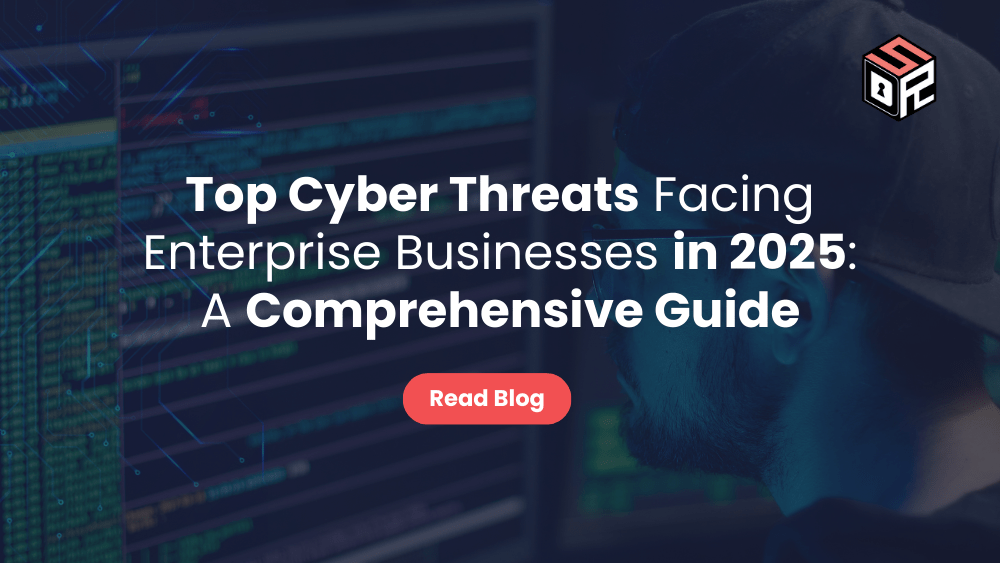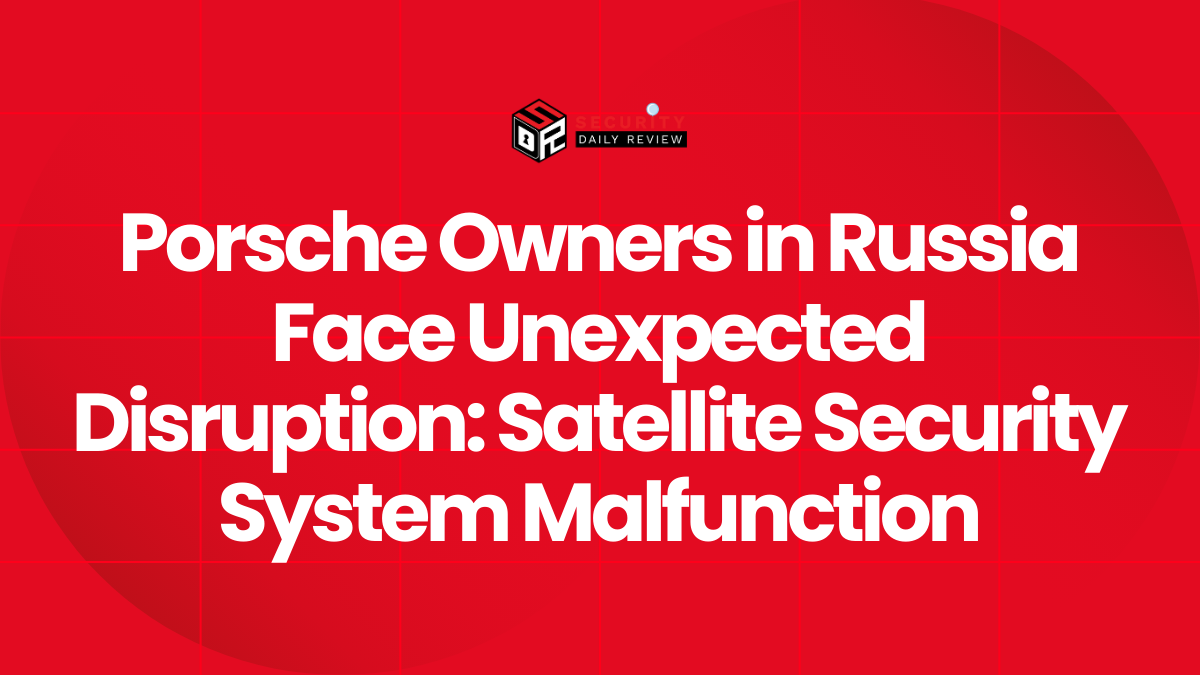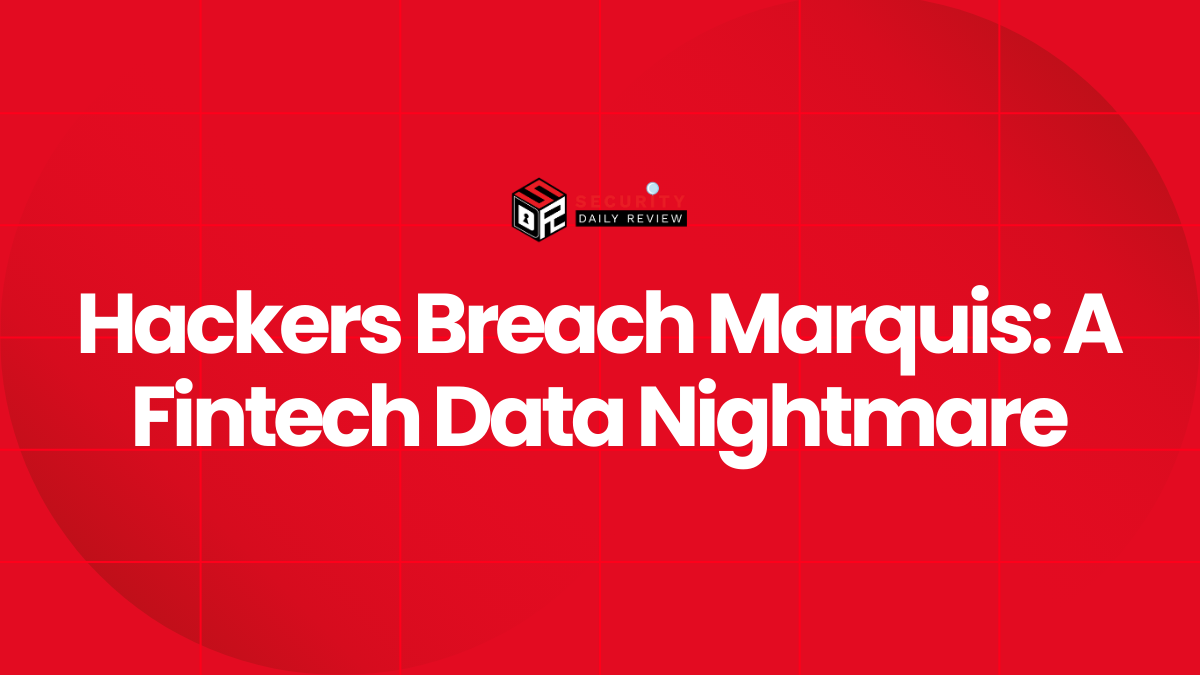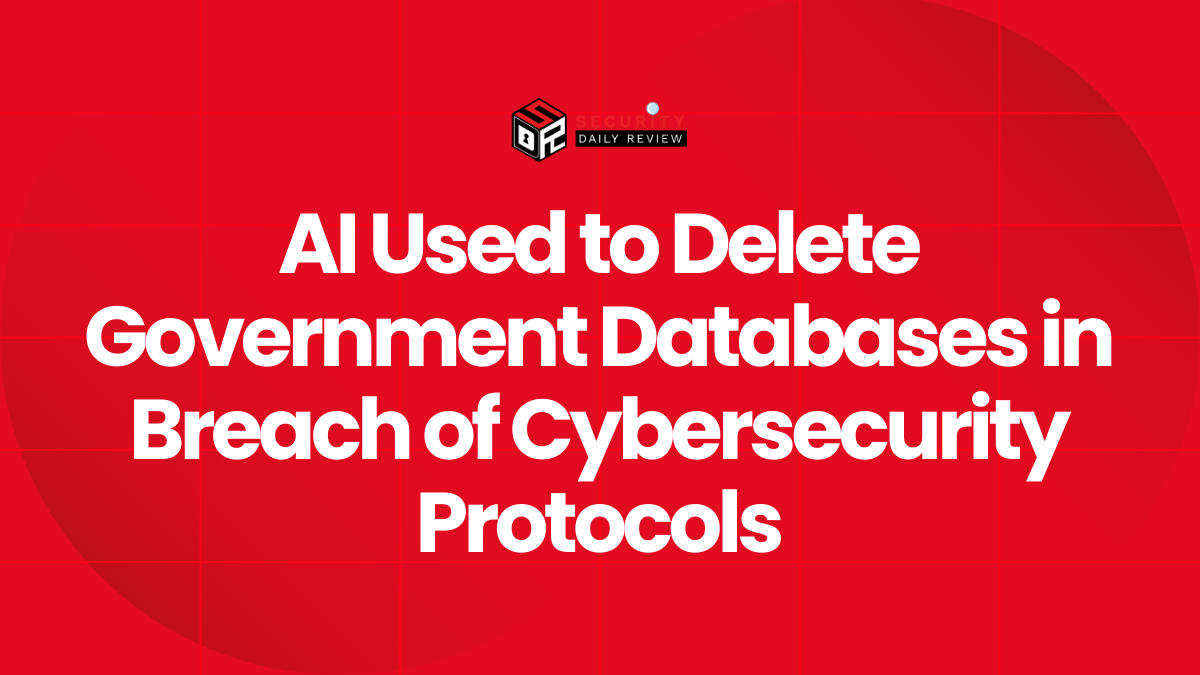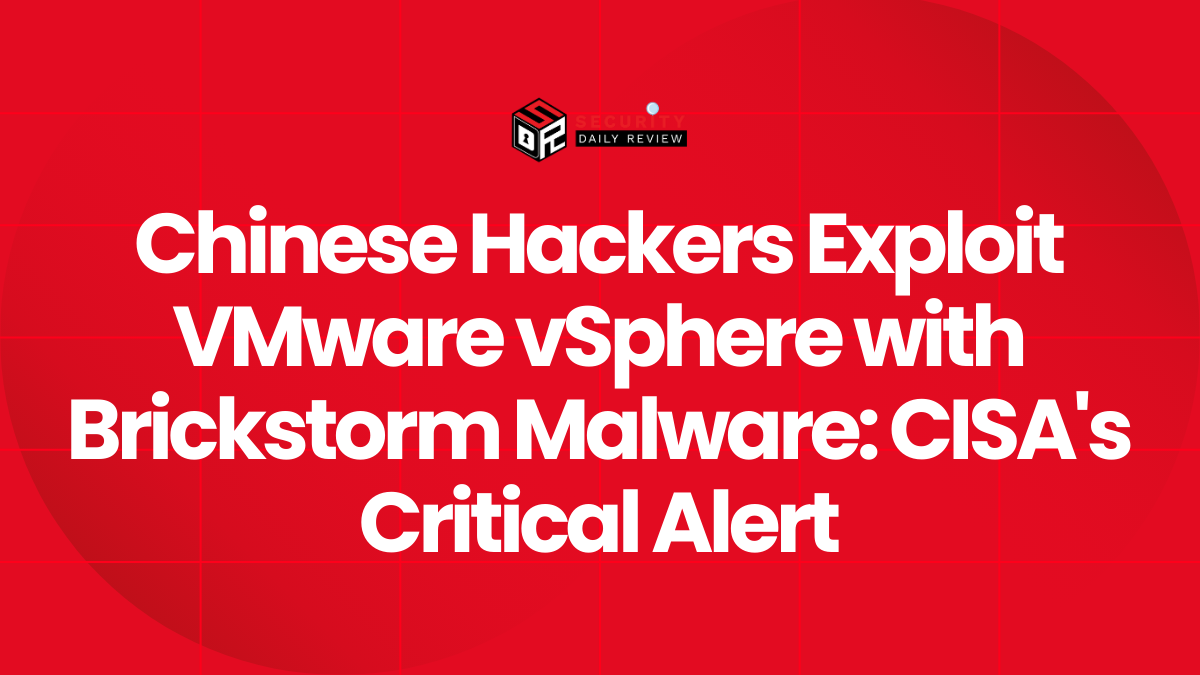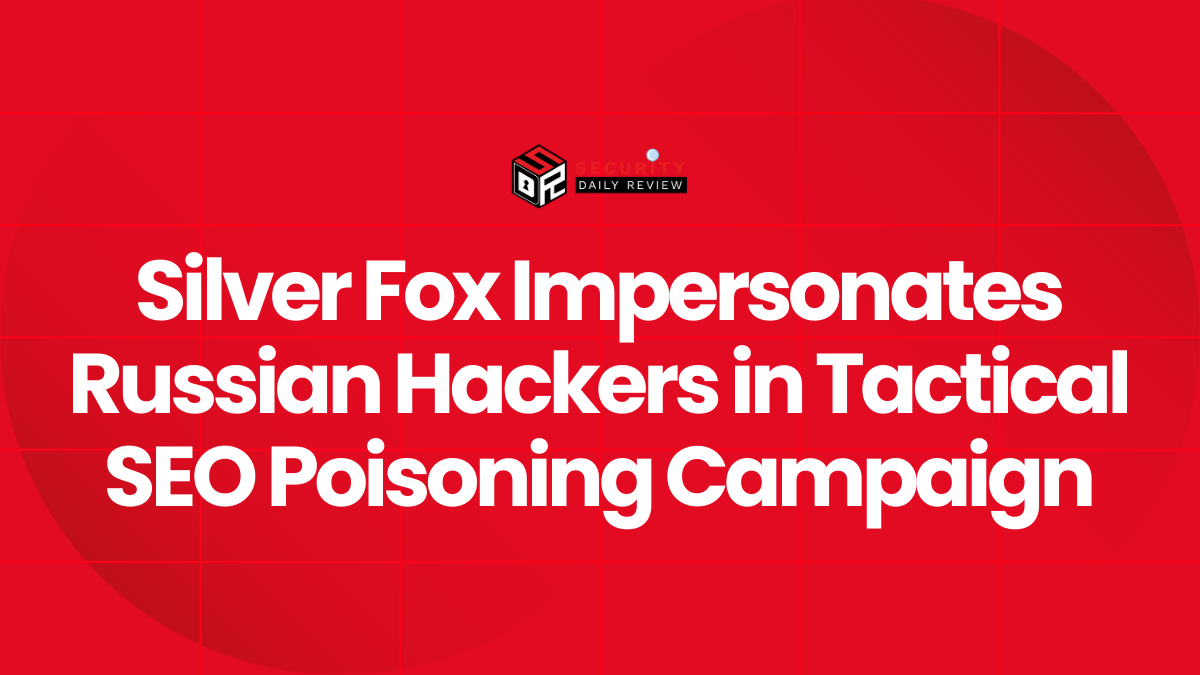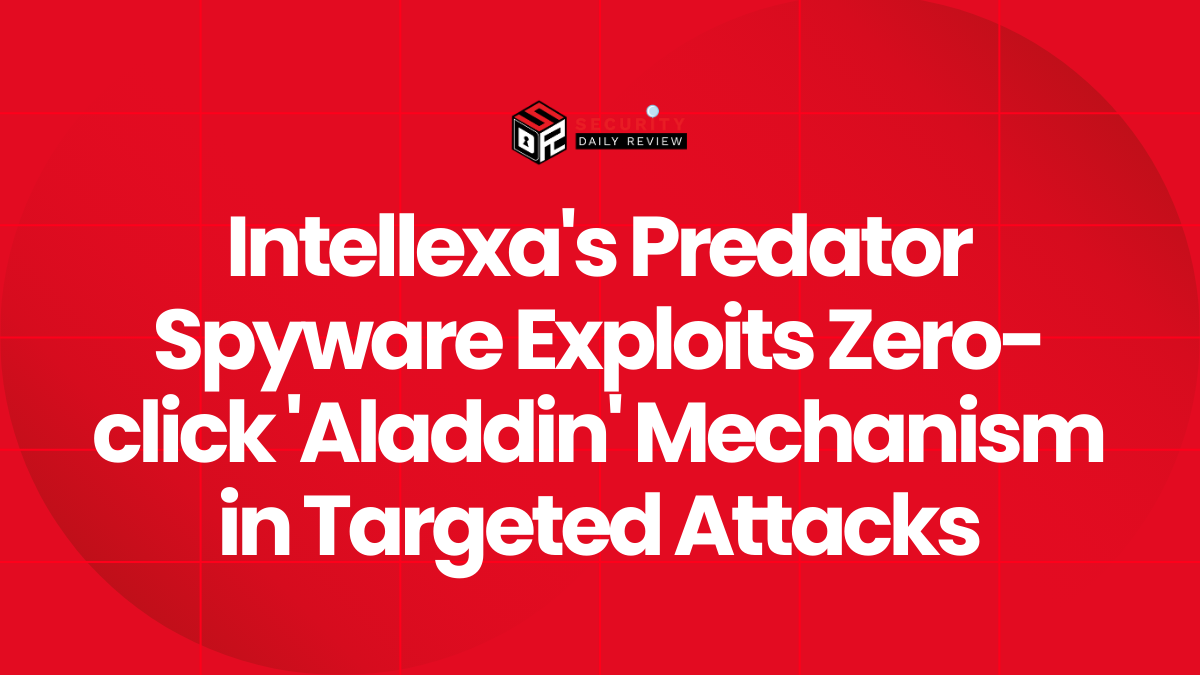While consumers grapple with phishing emails and social media scams, the scale and sophistication of cyberattacks targeting critical sectors are exponentially higher. These attacks aren’t just inconveniences; they can cripple essential services, inflict significant economic damage, and compromise sensitive data on a massive scale. Understanding these threats is paramount for enterprise businesses. This blog post delves into the top cyber threats of 2025, focusing on the industries most frequently targeted and the strategies needed to mitigate the risks.
Critical Infrastructure: The Prime Target for Cybercrime
Critical infrastructure—the backbone of modern society—is the most attractive target for cybercriminals. This includes healthcare, finance, telecommunications, and energy sectors. These systems are vital for daily life, making their disruption highly impactful. The motivations behind these attacks are varied, ranging from financial gain (through ransomware attacks) to political or ideological agendas.
Data from the European Repository of Cyber Incidents (ERCI) paints a stark picture. In 2023, critical infrastructure was the most attacked sector, experiencing a range of cyber incidents, including:
- Ransomware attacks: These attacks encrypt systems and files, demanding payment for restoration. The consequences can be catastrophic, especially in healthcare, where delays in treatment can have life-or-death implications. A notable example is the Clop ransomware gang’s attack on hospitals, exploiting vulnerabilities in file transfer software.
- Data breaches: These breaches compromise sensitive data, leading to significant financial losses, reputational damage, and legal repercussions.
The sheer scale of these attacks necessitates a proactive, multi-layered approach to cybersecurity.
Healthcare: A High-Value Target for Cyber Attacks
The healthcare industry is particularly vulnerable, accounting for 14.2% of all critical infrastructure attacks in 2023 (according to ERCI data). Hospitals, clinics, and other medical facilities are attractive targets due to the sensitive patient data they hold and the potential for significant disruption.
Cyberattacks on healthcare organizations often involve:
- Ransomware attacks: The consequences of ransomware attacks on healthcare are particularly severe, potentially delaying or preventing life-saving treatments.
- Theft of confidential patient records: This can lead to identity theft, medical fraud, and significant financial losses for both patients and the healthcare provider.
- Disruption of healthcare services: This can range from minor inconveniences to complete system shutdowns, affecting patient care and overall hospital operations.
The high stakes involved necessitate robust cybersecurity measures, including enhanced endpoint security, zero-trust architecture, and comprehensive employee training.
Financial Organizations: A Lucrative Target for Cybercriminals
The financial sector, with its vast sums of money and sensitive data, is another prime target for cybercriminals, accounting for 8.3% of critical infrastructure attacks in 2023. Cyberattacks in this sector can take many forms:
- Phishing attacks: These attacks aim to steal login credentials for online banking or investment platforms.
- Distributed Denial of Service (DDoS) attacks: These attacks overwhelm online services, making them inaccessible to customers.
- Data breaches: These breaches expose personally identifiable information (PII) and financial details, leading to identity theft and fraud.
The potential for significant financial losses and reputational damage underscores the need for robust security measures, including multi-factor authentication, advanced threat detection, and incident response planning. A recent example highlights the impact – a large European bank suffered a data breach exposing millions of customer records, resulting in significant financial and reputational damage.
Telecommunications, Transport, and Energy: Critical Infrastructure Under Siege
The telecommunications, transport, and energy sectors are also frequently targeted. Disrupting these sectors can have far-reaching consequences, impacting communication networks, transportation systems, and energy supply. The types of attacks vary:
- Telecommunications: DDoS attacks, data breaches, and ransomware attacks targeting critical communication infrastructure or customer data.
- Transport: Attacks aiming to disrupt logistics and operations, particularly affecting airlines and rail systems.
- Energy: Attacks designed to compromise operational systems and extort ransom payments, potentially leading to large-scale blackouts or fuel supply disruptions. Several European energy companies reported such attacks in 2023.
State Institutions and Political Systems: A Growing Target for Cyberattacks
Beyond critical infrastructure, state institutions and political systems are increasingly targeted. ERCI reported over 450 incidents in 2023. The motivations are varied:
- Information theft: Cybercriminals, state-sponsored attackers, and hacktivist groups target government systems to steal sensitive information.
- Disinformation and chaos: Attacks aim to sow chaos and spread disinformation.
- Election interference: Attempts to manipulate voter data or spread disinformation during elections.
These attacks highlight the vulnerability of government systems and the need for robust cybersecurity measures to protect sensitive information and maintain the integrity of democratic processes. Spear-phishing campaigns, targeting government employees, are a common tactic.
Cybersecurity Strategies: Proactive Measures for Enterprise Businesses
The increasing frequency and sophistication of cyberattacks necessitate proactive cybersecurity strategies. Enterprise businesses must implement the following:
- Enhanced Endpoint Security: With the proliferation of connected devices, advanced endpoint protection tools are crucial. These tools, powered by machine learning and AI, detect and stop threats before they reach sensitive systems.
- Zero Trust Architecture: This model assumes no user or device is inherently trustworthy. Access is granted only after rigorous authentication, and users are continuously monitored.
- Backup and Disaster Recovery: Regular data backups and robust disaster recovery plans are essential, particularly for sectors like healthcare, where service disruption can be catastrophic.
- Cybersecurity Awareness Training: Human error remains a major vulnerability. Ongoing training programs educate employees on recognizing and avoiding phishing attempts and other social engineering tactics.
Conclusion
The rise in cyberattacks on critical infrastructure, state institutions, and political systems underscores the critical need for robust cybersecurity measures across all sectors. No industry is immune. Enterprise businesses must adopt a proactive approach, investing in advanced technologies, implementing strict access controls, and providing comprehensive employee training. This is not just a matter of compliance; it’s a matter of survival in the increasingly dangerous digital landscape of 2025. The future of business depends on it.
FAQs
Q: What are the top cyber threats facing businesses in 2025?
A: Top cyber threats in 2025 include ransomware attacks, data breaches, phishing campaigns, DDoS attacks, and sophisticated attacks targeting critical infrastructure, healthcare, finance, and government systems.
Q: How can my enterprise business protect itself from cyber attack 2025?
A: Implement enhanced endpoint security, adopt a zero-trust architecture, ensure regular data backups and disaster recovery plans, and provide comprehensive cybersecurity awareness training to employees. Staying vigilant and proactively adapting to evolving threats is crucial.
Q: What industries are most vulnerable to ransomware attacks?
A: Critical infrastructure sectors, including healthcare and finance, are particularly vulnerable due to the severe consequences of service disruption and data breaches. The potential for significant financial losses and reputational damage makes these sectors prime targets for ransomware attacks.

